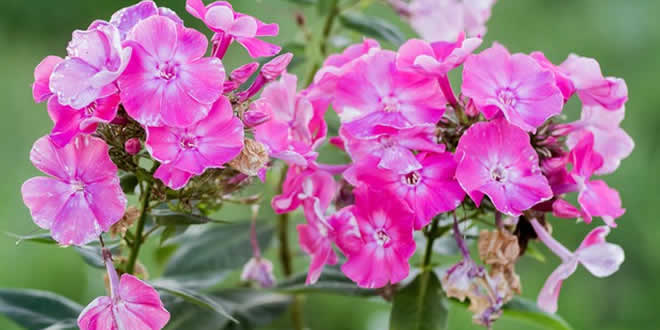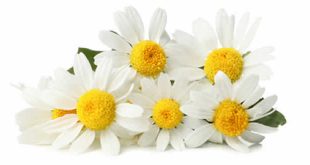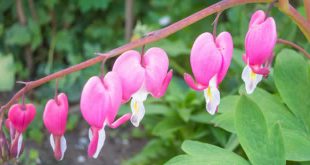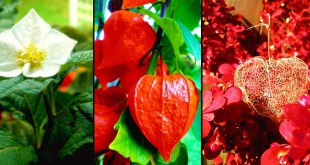| Kingdom: | Plantae |
| Family: | Polemoniaceae |
| Order: | Ericales |
| Genus: | Phlox |
Phlox range in color from pale blue to bright red to white. Some species such as Phlox glaberrima (Smooth Phlox) grow to 1.5 m tall, while others, such as Phlox stolonifera (Creeping Phlox), form low mats only a few centimetres in height.
Phlox Flower is best grown in well-drained soil, exposed to partial shade to partial sun. The foliage of Phlox is sometimes eaten by the larvae of some Lepidoptera species including Dot Moth, Gazoryctra wielgusi, Hummingbird Hawk-moth and Schinia indiana which feeds exclusively on P. pilosa. Phlox species are also a popular food source for groundhogs, rabbits and deer. The flowers, when fertilized, typically produce one relatively large seed.
Phlox Flower
Phlox Flower is a genus of 67 species of perennial and annual plants in the family Polemoniaceae. They are found mostly in North America (one in Siberia) in diverse habitats from alpine tundra to open woodland and prairie. Some flower in spring, others in summer and fall. Flowers may be pale blue, violet, pink, bright red, or white. Many are fragrant.
The name is derived from the Greek word phlox meaning flame in reference to the intense flower colors of some varieties. Fertilized flowers typically produce one relatively large seed. The fruit is a longitudinally dehiscent capsule with three or more valves that sometimes separate explosively.
Some species such as P. paniculata (garden phlox) grow upright, while others such as P. subulata (moss phlox, moss pink, mountain phlox) grow short and matlike. Paniculata or tall phlox, is a native American wildflower that is native from New York to Iowa south to Georgia, Mississippi and Arkansas. It blooms from July to September.
Creeping phlox spreads rapidly and makes great ground cover. It can be planted to cover banks, fill spaces under tall trees, and spill and trail over slopes. Creeping phlox blooms in spring and produces long, spreading stems, which become woody with age. It was introduced into cultivation by the late 1700s.
The foliage of Phlox is a food for the larvae of some Lepidoptera species including dot moth, Gazoryctra wielgusi, hummingbird hawk-moth and Schinia indiana (which feeds exclusively on P. pilosa). Phlox Flower species are also a popular food source for groundhogs, rabbits and deer.
 Kids Portal For Parents India Kids Network
Kids Portal For Parents India Kids Network




